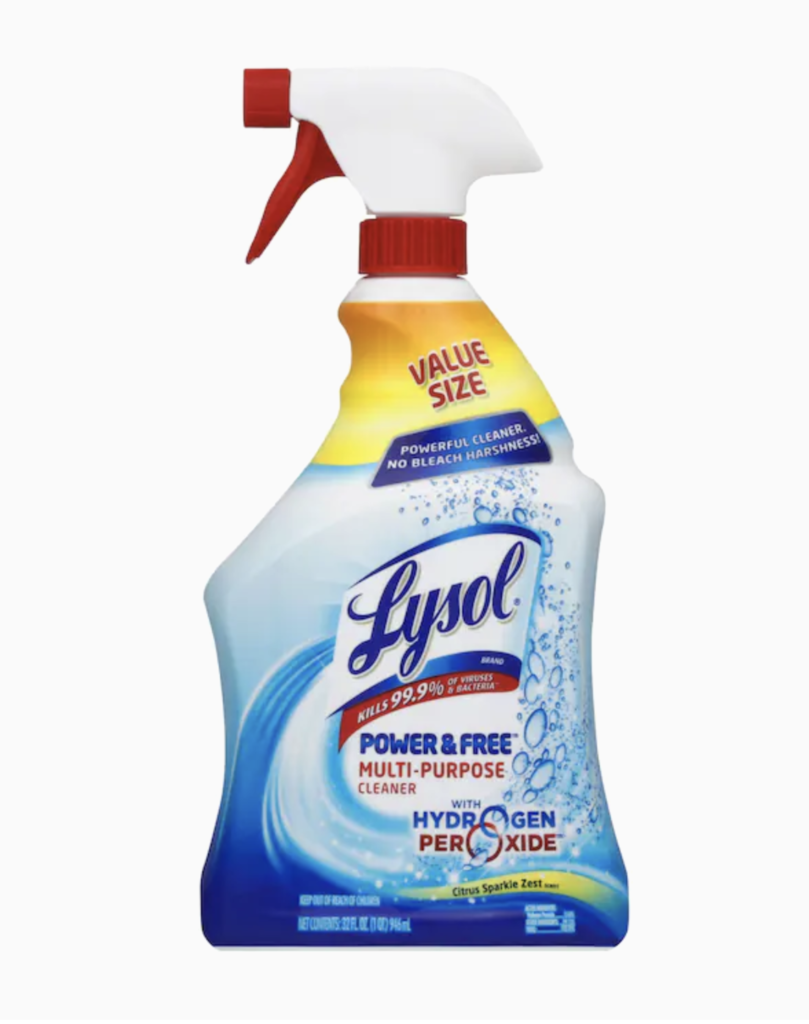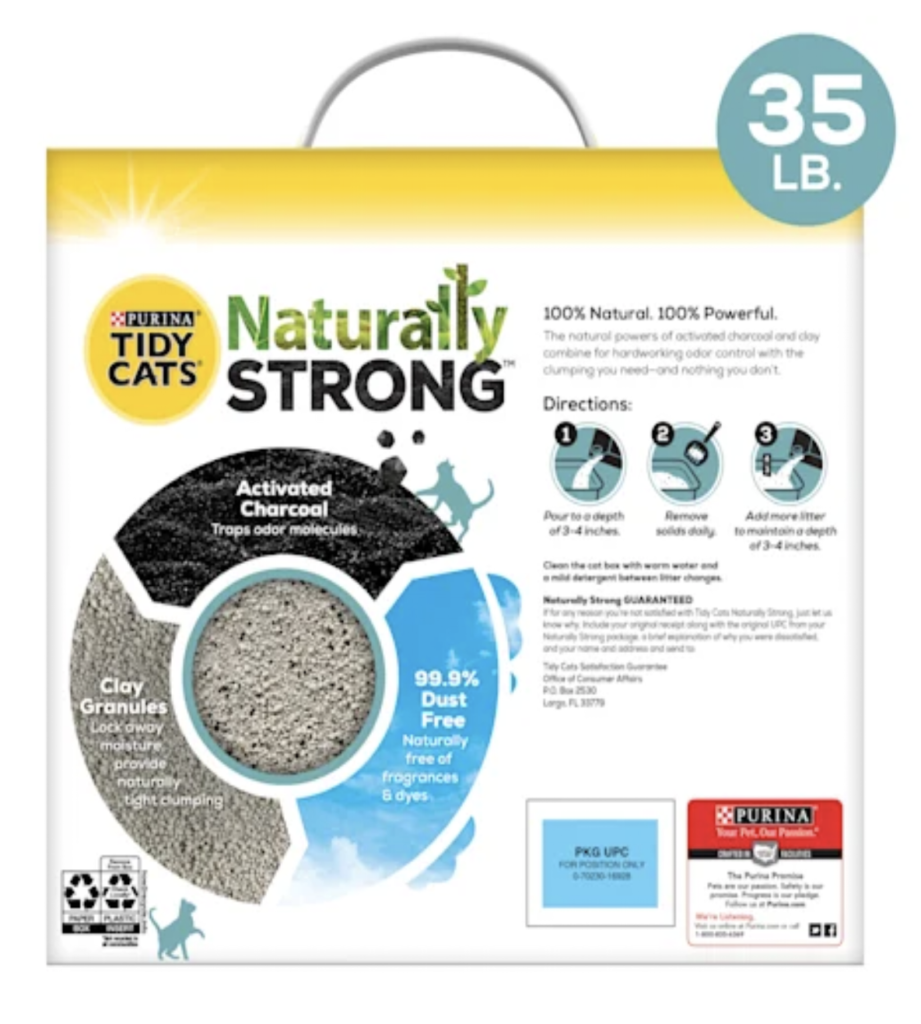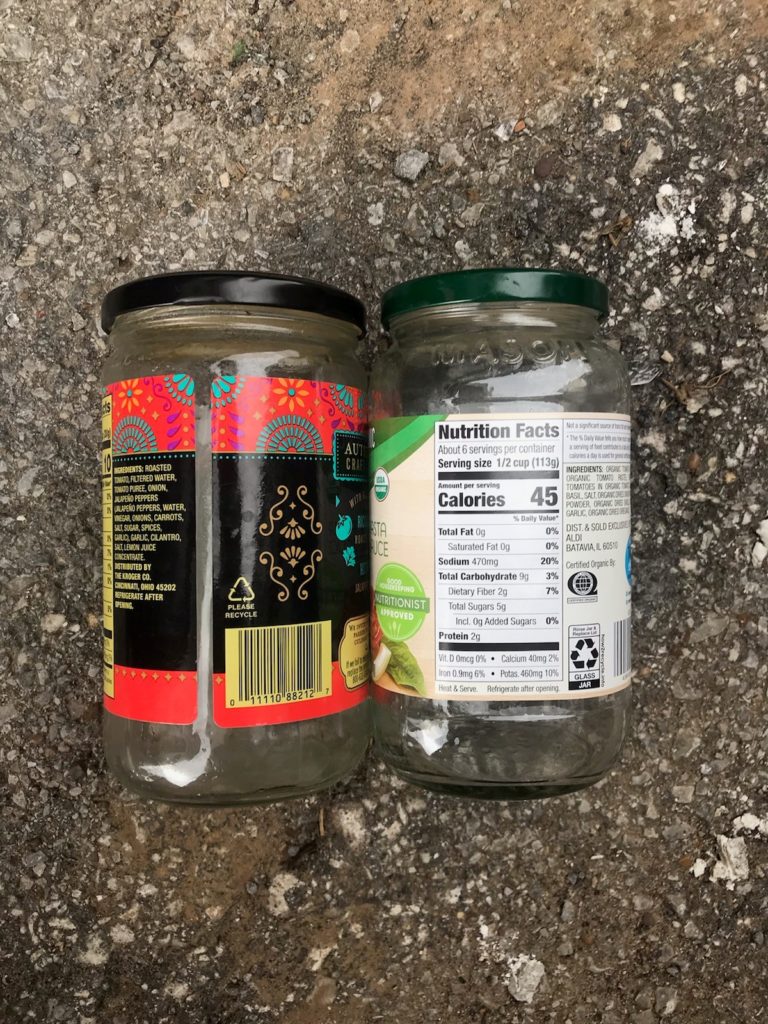When it comes to sustainability and corporate responsibility, the consumer landscape is shifting. Once a nice-to-have, it’s quickly becoming a must-have. In fact, 68% of consumers plan to step up their efforts to identify brands that reduce environmental impact according to a 2021 Forrester Research study.
Because Motion specializes in consumer package design for national retailers, we’ll start this conversation around a very hot topic – sustainable packaging.
Following in the footsteps of early adopters like Walmart, we’re seeing more and more retailers publicly commit to sustainability pledges. For example, just last month Target announced Target Forward, their plan to co-create an equitable and regenerative future for all. As part of this initiative, they’ve committed to becoming a net zero enterprise, meaning zero waste to landfill in its U.S. operations as well as net zero emissions across its operations and supply chains by 2040. Exciting stuff!
As you can imagine, a huge component of any zero waste initiative begins with packaging. To accommodate this goal, technologies and systems that establish a more circular approach to containment must emerge. These solutions will range from a general reduction in material use to wider adoption of eco-friendly alternatives like plant-based plastics, as well as the reintroduction of refill-and-reuse on a mass-consumer scale.
While these material technologies improve and waste-mitigation systems emerge, we still have a lot of existing trash to deal with in the meantime. Oh hey recycling! While technologies in this arena also need to advance, one of today’s most pressing issues involves sorting—this means getting only the right materials in the right condition in the right bins, with none of the wrong ones. Why is this important? Because materials that aren’t supposed to be in the waste stream, like single-use plastic bags, can jam up sorting systems. And materials that aren’t properly rinsed can contaminate an entire bin, pushing everything in it straight to the landfill.
Unfortunately, perfectly sorted waste in the perfect condition is a tall ask for a system that is SO CONFUSING for the general consumer to navigate. To help solve this very issue, a standardized labeling system with enhanced instructions is emerging as a best practice for consumer brands. It’s called How2Recycle. If you generate packaging waste for your end customer, be sure to join!
Putting it to the test this very weekend during my own trip to the recycling center, I’d like to share a few personal anecdotes on why I found the enhanced labeling mostly helpful and sometimes still confusing. In my next post, I’ll track down answers to all my lingering questions and share those insights with you.
Items 1: Lysol Cleaner
Key Takeaway: If a plastic bottle has a shrink-wrapped label of any type, the label must be removed in order for the bottle to be recycled. Otherwise it goes straight to the landfill.
How2Recycle Instructions: Plastic Bottle – 1) Empty before recycling and 2) Bottle Not Recyclable Unless Label Removed

Item 2: Tidy Cats Naturally Strong Litter
Key Takeaway: Cardboard boxes must be broken down in order to be recycled; for the customer, you may need scissors (and sweat band). If you’re a brand, make sure the box is able to be broken down with reasonable ease by the customer.
How2Recycle Instructions: Paper Box – Flatten before recycling
Lingering Question: How many people actually bother to break down the Naturally Strong Litter box that’s also unnaturally strong? There’s a little plastic handle on the box; is that an issue for recycling?

Item 3: Sauce
Key Takeaway: Any item with a lid including a glass jar or milk container must be rinsed and have the lid placed back on before recycling
How2Recycle Instructions: Glass Jar – Rinse Jar & Replace Lid
Lingering Question: The lid is metal, which goes in the same bin as plastic. However, I’m placing this jar in the glass bin. Should I remove the lid even though it says to keep it in place? Or just leave it?
